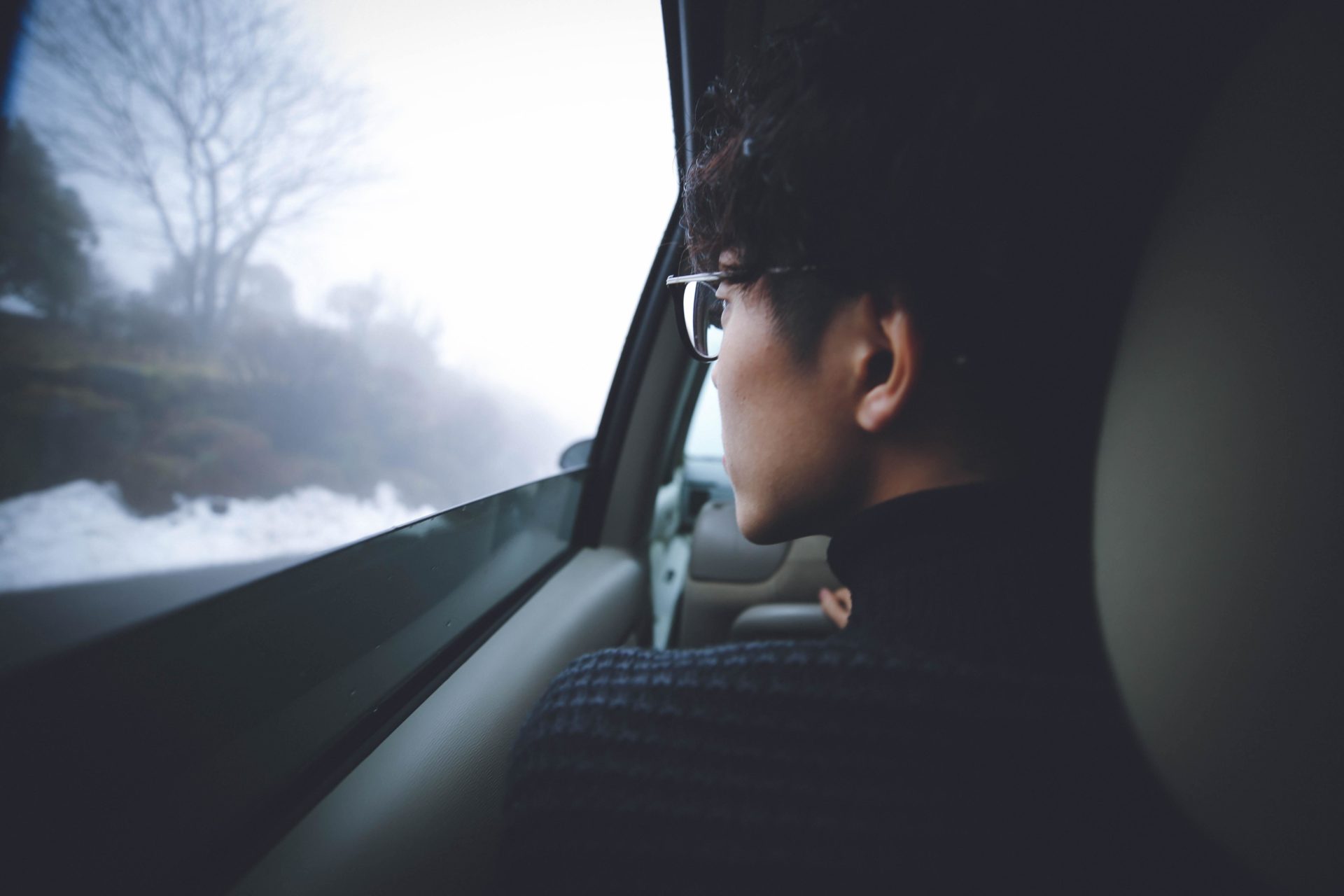Shorter, Darker Days Can Make Anyone SAD

The beauty of the autumn season in most parts of the northern hemisphere is tinged a bit with melancholy as we naturally brace for colder, shorter days. The loss of sunlight can have serious implications for many with consequences ranging from slight changes in mood to depression.
What is SAD?
Seasonal Affective Disorder or, as it is commonly referred to, SAD, is a serious diagnosis that has gained increasing attention over the last decade. According to Psychology Today, “Seasonal Affective Disorder…is a type of recurrent major depressive disorder in which episodes of depression occur during the same season each year. This condition is sometimes called the “winter blues,” because the most common seasonal pattern is for depressive episodes to appear in the fall or winter and remit in the spring.” More than just a passing sadness though, SAD is a form of depression, which can cause harm if left untreated.
How is it Identified?
The season for SAD falls in the autumn and winter months. As the sun shows itself less and less with each week, many of those prone to Seasonal Affective Disorder begin to notice symptoms consistent with depression. The criteria to be diagnosed with SAD requires that one experiences depression coinciding with a specific season (including summer) for two or more years.
What are the Causes?
The primary cause of SAD is unknown. There are a few variables, however, that increase the risk of developing symptoms. These include living far away from the equator, a much higher rate of SAD in females, family history of SAD or, previous bipolar or depressive disorders. With complex mental ailments, there can be a variety of factors at play. If you have noticed symptoms consistent with descriptions of Seasonal Affective Disorder, understand that it is a valid and serious disorder that requires just as much attention as a physical injury.
What are the Available Treatments?
Treatments for seasonal affective disorder include but are not limited to: light therapy, medication, vitamin D and psychotherapy. Many people have noticed improvement with regular use of strategic light. Light therapy is a unique process that attempts to make up for the daily loss of sunlight. Typically, an electrical device that emits the required amount of 10,000 lux is used for half an hour in the morning to introduce the right kind of light to the retina.
Focus on Light Therapy
Light therapy can work as effectively as antidepressants. Like most mental health interventions, these devices aren’t appropriate for all sufferers of Seasonal Affective Disorder and one should consult a medical professional regarding its use. New research is being conducted on this topic all the time. Early forms of light therapy involved sitting in front of a bank of lights for 30 minutes each morning. As long as the light gets to your eyes, there is no need to expose your whole body to light. We recommend the Yumalite which is very user friendly. Wear it as a visor for 30 minutes a day. Not only does light therapy help with daytime mood but under the right circumstances it can help both day and night. Light therapy is non-invasive and demonstrates clinically proven effectiveness.
Zenbev Drink Mix provides a natural boost in tryptophan which can also assist with the alleviation of SAD symptoms. Consider the Better Mood Bundle which combines the best natural sleep aid with a light therapy device for one very low price. Natural sleep remedies like Zenbev can work alone or in conjunction with light therapy to boost your body’s own serotonin and melatonin production in a natural way. These proven methods for combating SAD are at your fingertips. Prepare for winter now with the help of Yumalite and Zenbev.



